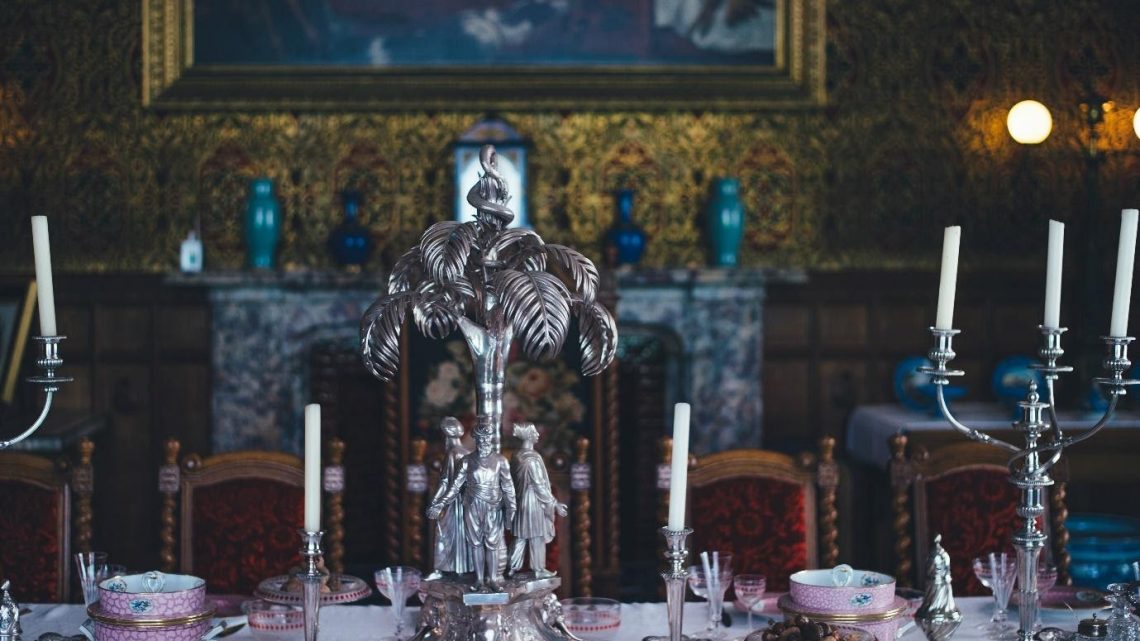
All You Need To Know About Buying Antique Silver Items
Silver has long been a favourite among jewellery makers throughout the centuries, due to its availability, low cost and ease of working. If you are interested in fine antique silver items, this article was written with you in mind.
Objects of Art
Taken from the French term, “Objet d’art”, silver items that were made purely for artistic appreciation such as the famous ‘Fabergé Eggs’, which were handcrafted by the Russian artist Peter Carl Faberge, who managed to make truly stunning Easter Eggs from precious metals like silver. There are many other art objects that are purely for decoration, then there are hand-crafted pieces that are also useful, which would include all of the following:
- Cigarette Cases
- Snuff Boxes
- Perfume Caskets & Bottles
- Ash Trays
- Wax Seal Holders
Forge an Alliance with an Antique Dealer
If you develop a working relationship with an online antique dealer who specialises in fine silver pieces, this will prove to be invaluable over time. The best place to find amazing items is at the antique silver dealers, who would have an extensive selection of fine silver items and they can also help you to source specific items.
Celebrated Silver Creators
There are many fine artists who have hand-crafted unique silverware, including Peter Carl Faberge, Georg Jensen, a Danish designer, and British artists such as Paul Storr and Hester Bateman, who both made a name for themselves during the 18th century.
Popular Silver Objects
The 20th century saw many fine silver items made, including:
- Candlesticks
- Tea Sets
- Bowls
- Platters
- Vases
Silver Purity & Plating
It is rare to see a piece of pure silver, as it is too soft and therefore impractical to use, and it is important to know the various forms of silver, which include:
- Sterling Silver – 92.5% pure, sterling silver is very often found in jewellery, as the alloy with copper gives the metal added strength. Items are usually marked as ‘sterling silver’ or would have the numbers ‘925’ inscribed on the piece to indicate it is, in fact, sterling silver.
- Fine Silver – Also known as pure silver, this is only found in bars, as pure silver is too soft to make anything.
- Silver Plate – If an item is plated with silver, it will usually have a base of nickel and the words ‘silver plate’, ‘electroplate’, or EPNS, which means electroplated silver.
- Sheffield Plate – This was introduced to reduce the cost and it involves a layered combination of silver and copper.
- Unmarked – In the event a silver item is unmarked, it is likely to be plated silver with a nickel base.
Taking Care of Antique Silver Items
Like any other valuable antique, silver items should be cared for with regular light cleaning with a special silver cleaning solution. Polishing can really bring out the shine of any silver item, but too much is not good, as it will eventually tarnish and erode the metal.
If you have only a basic knowledge of silver antiques, you are advised to only purchase from a trusted antique dealer, as they would have a reputation to uphold and would never knowingly sell an inferior item.
